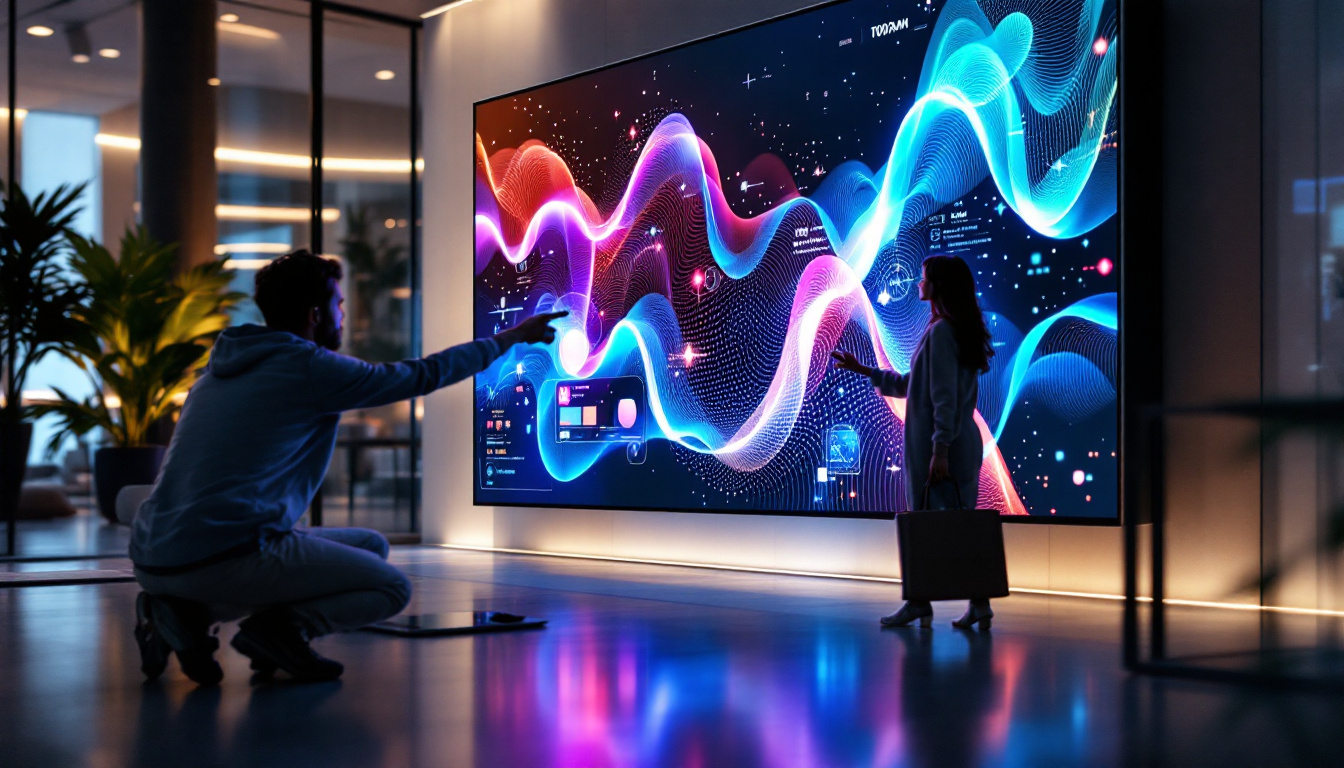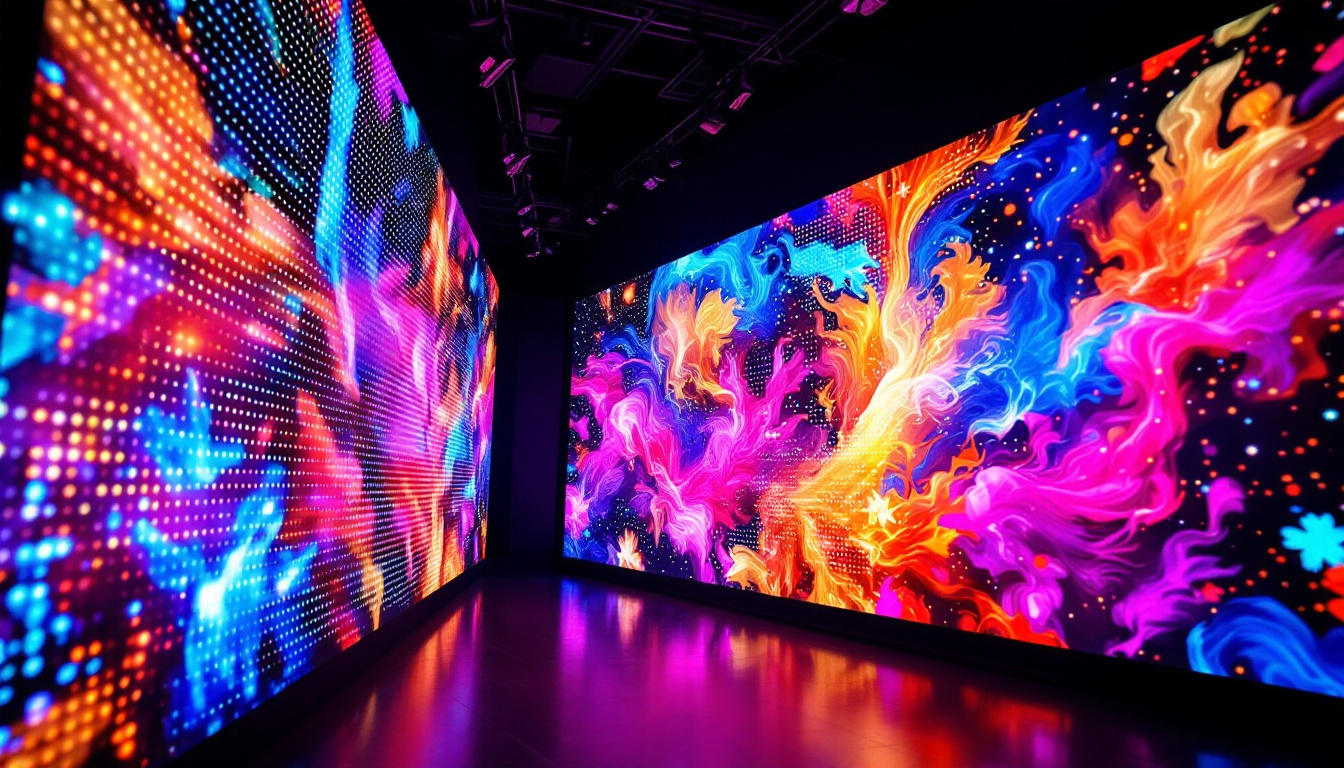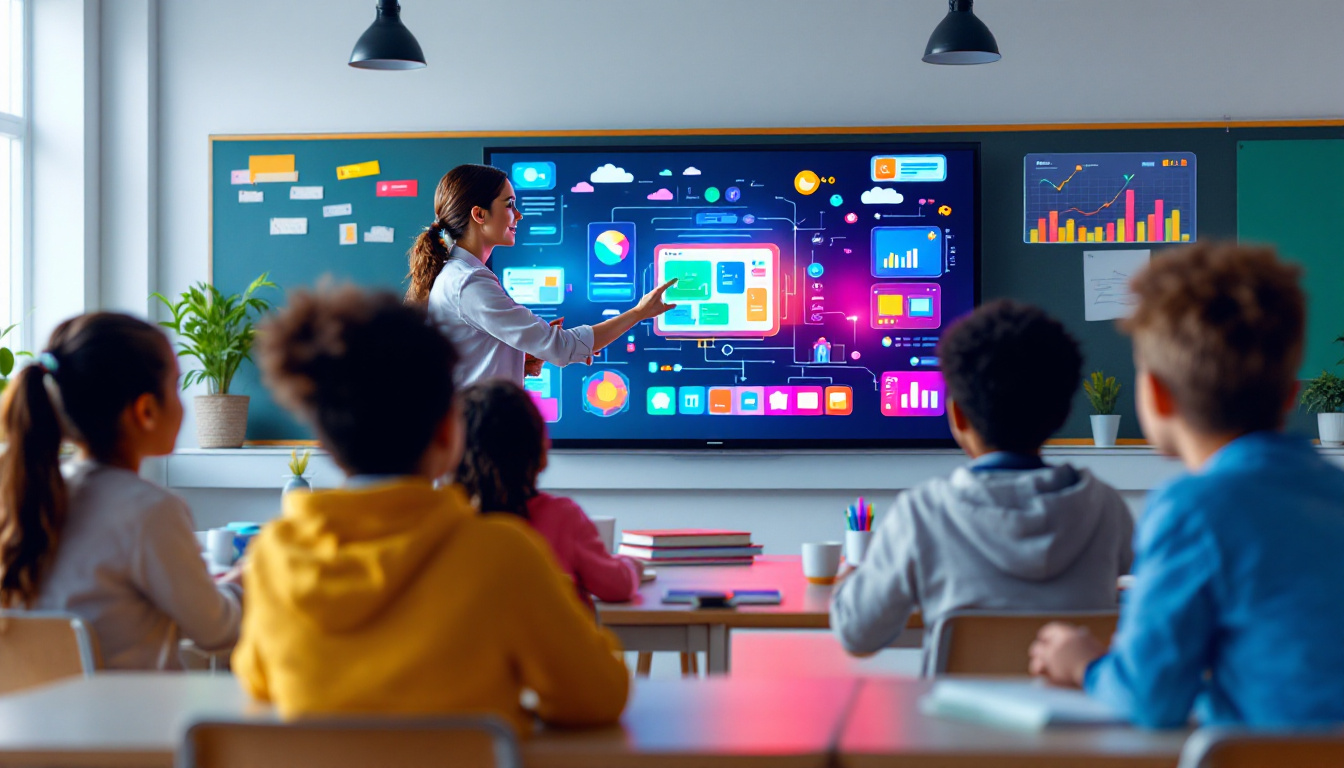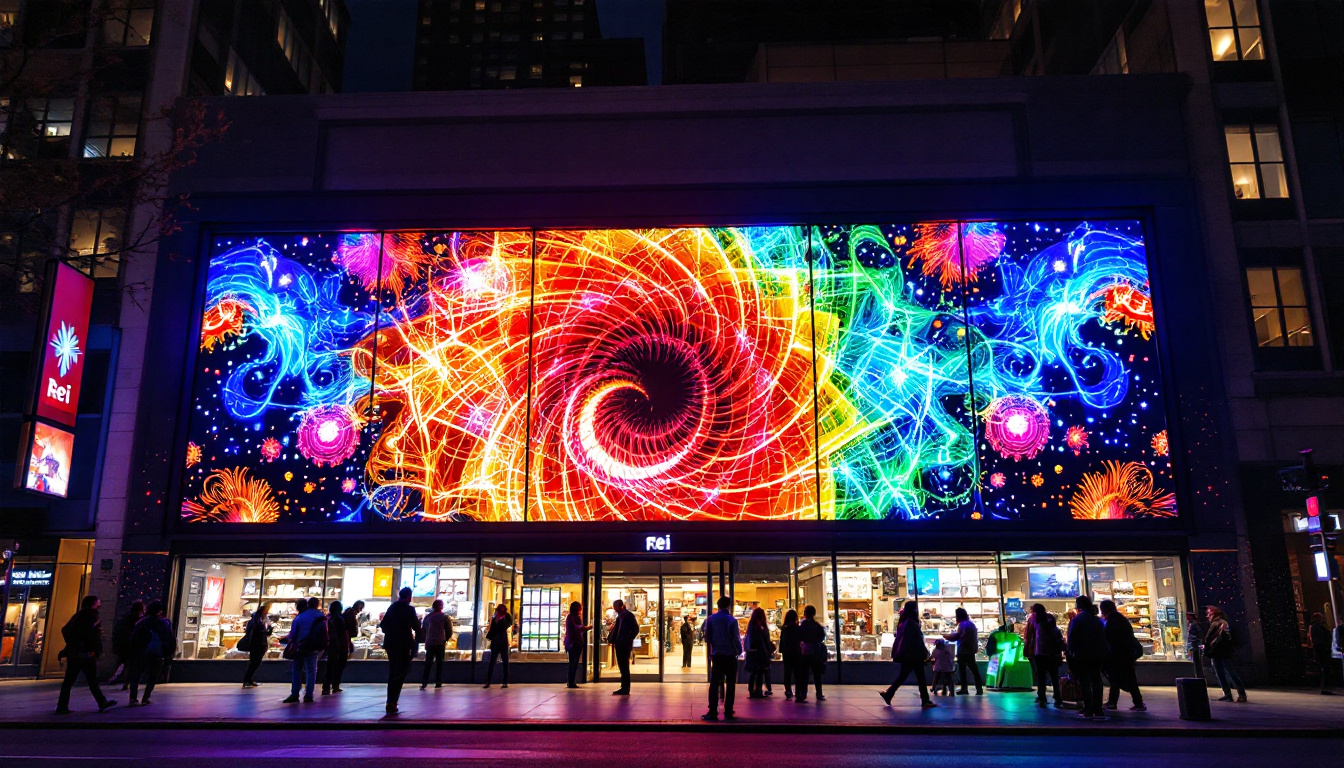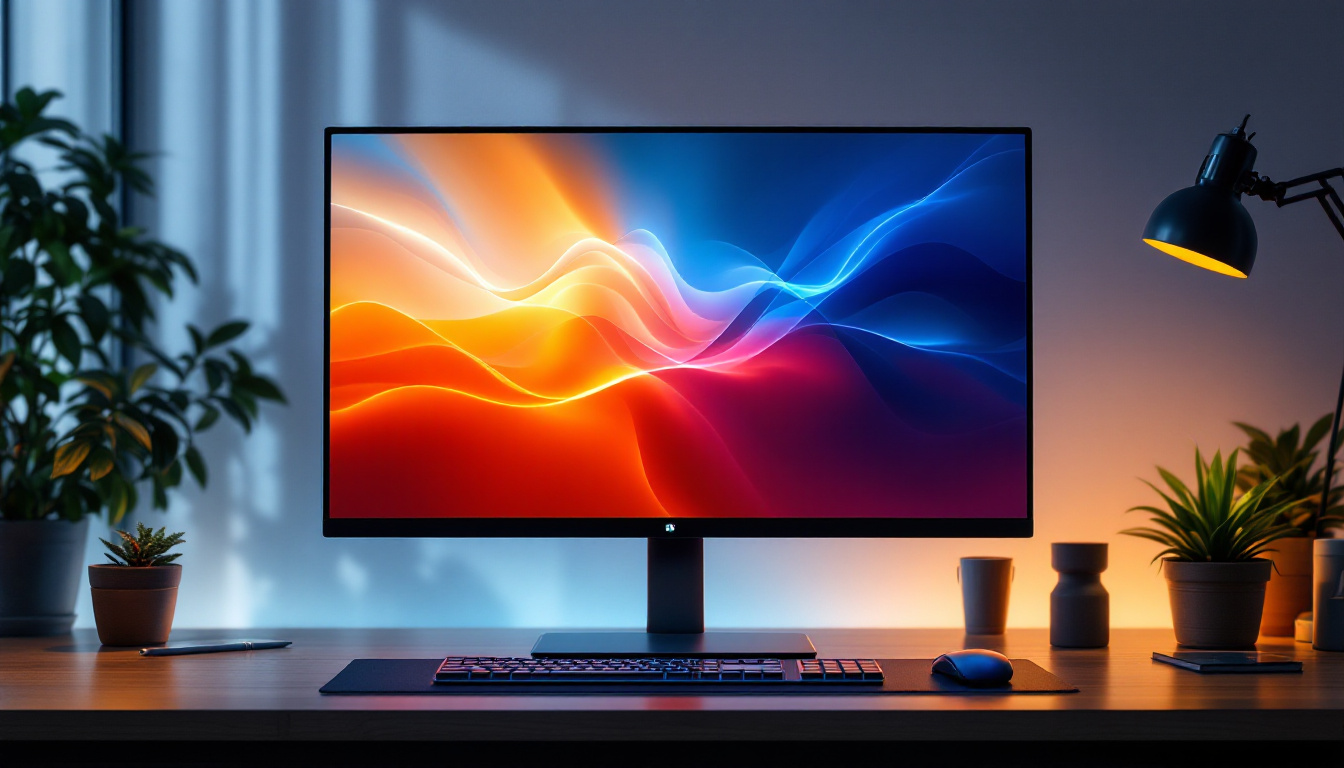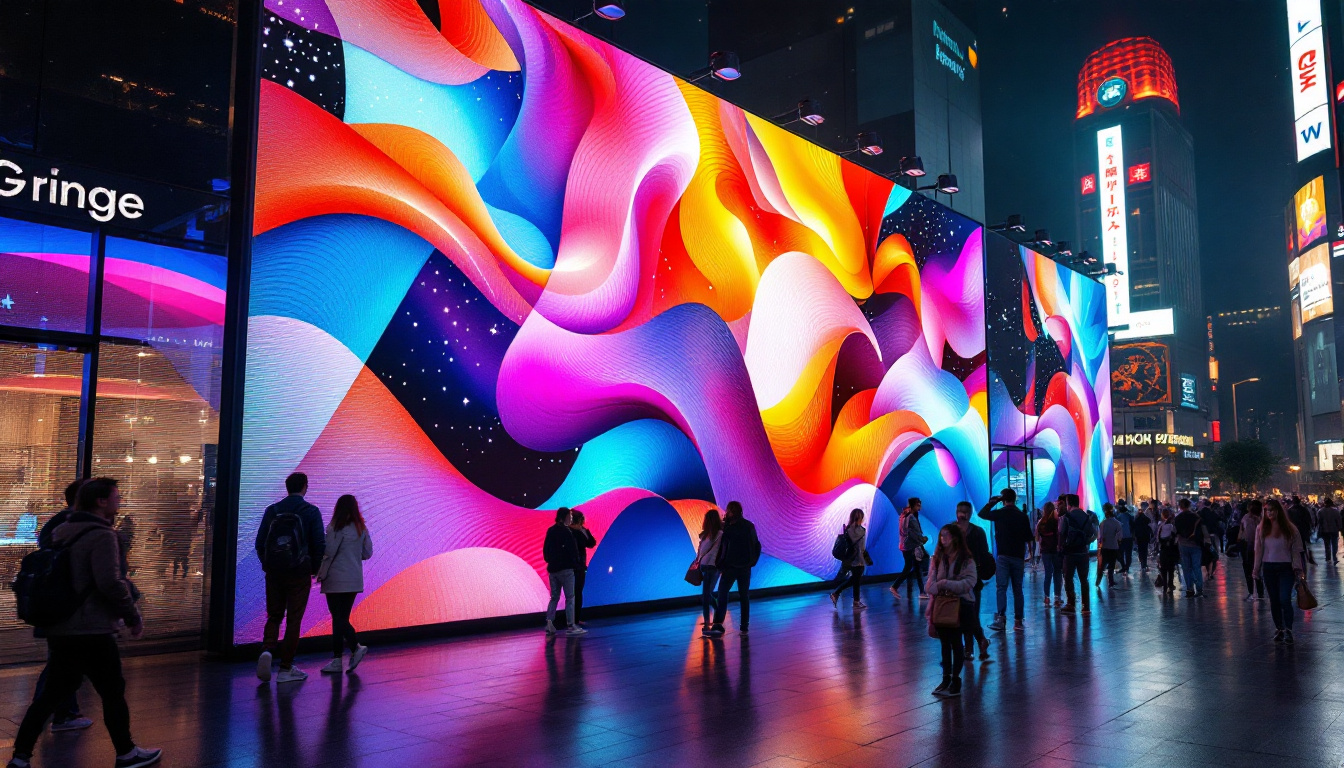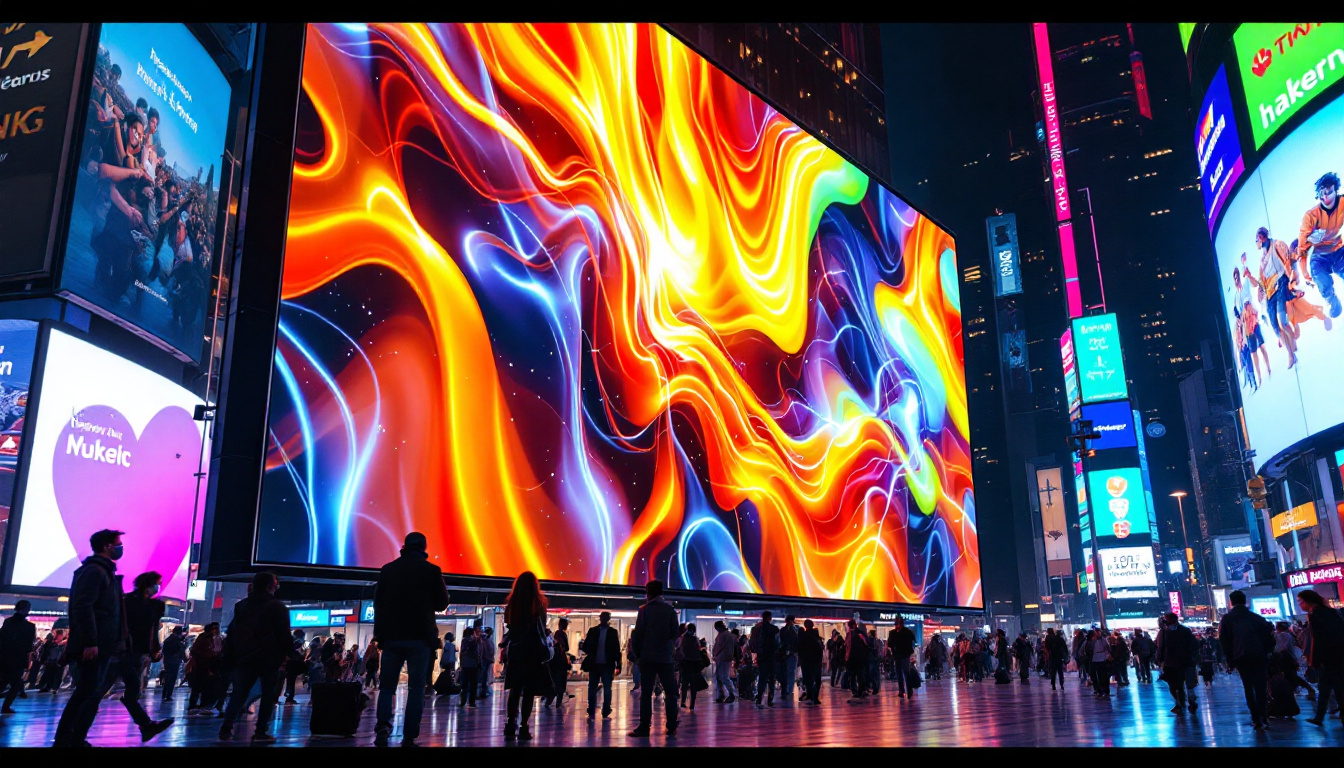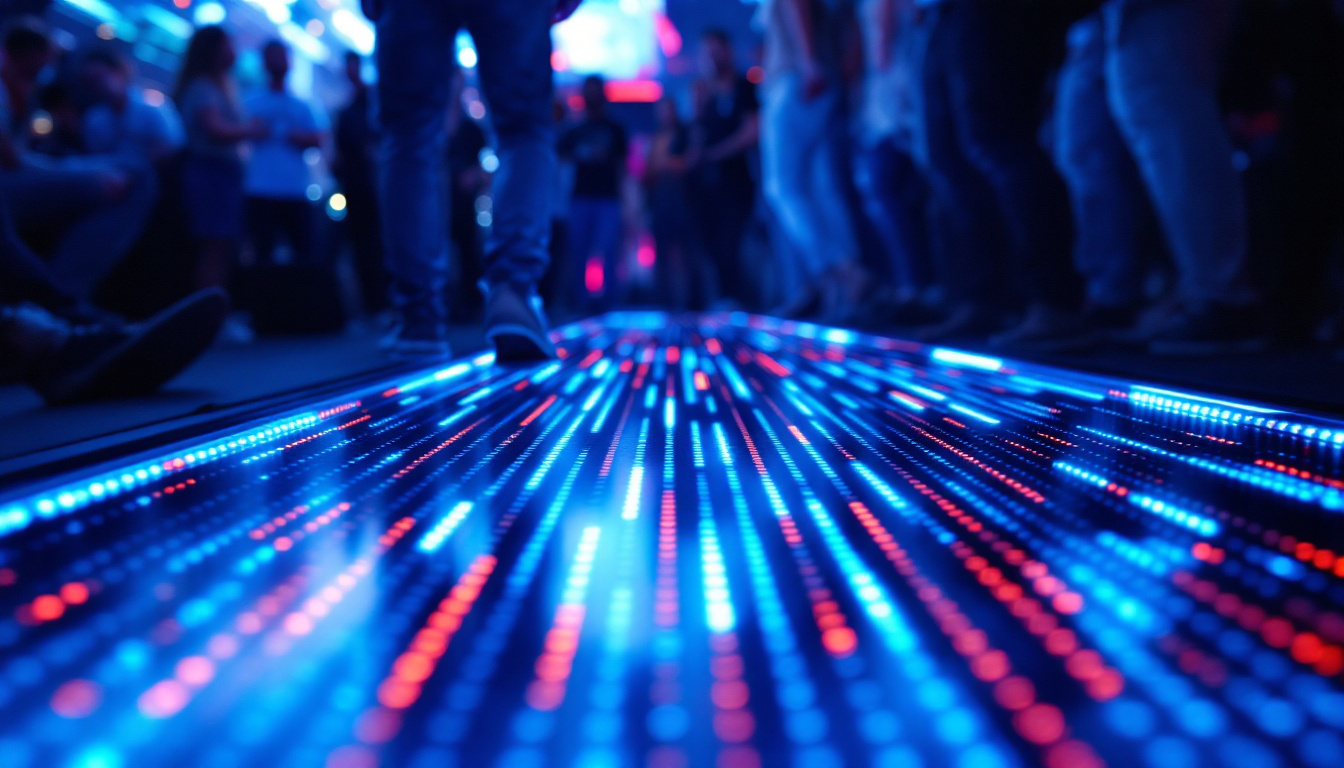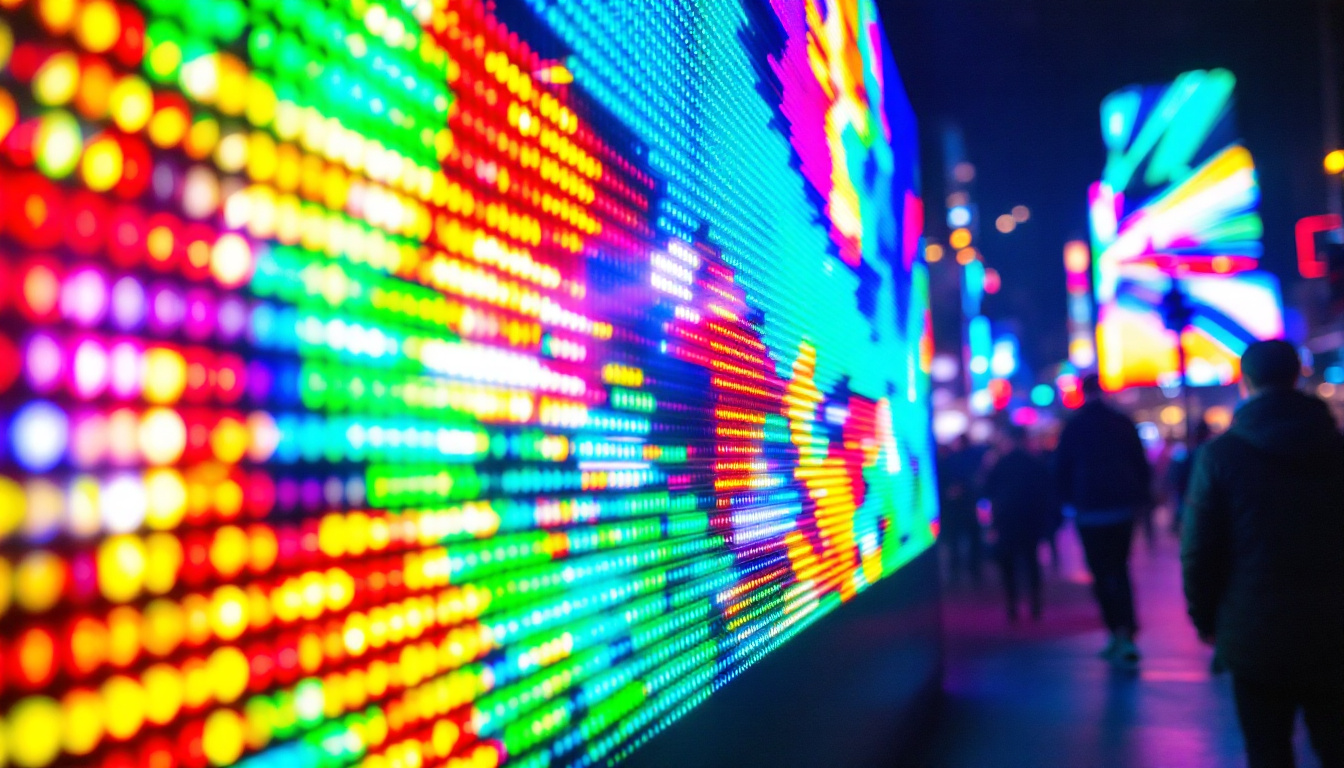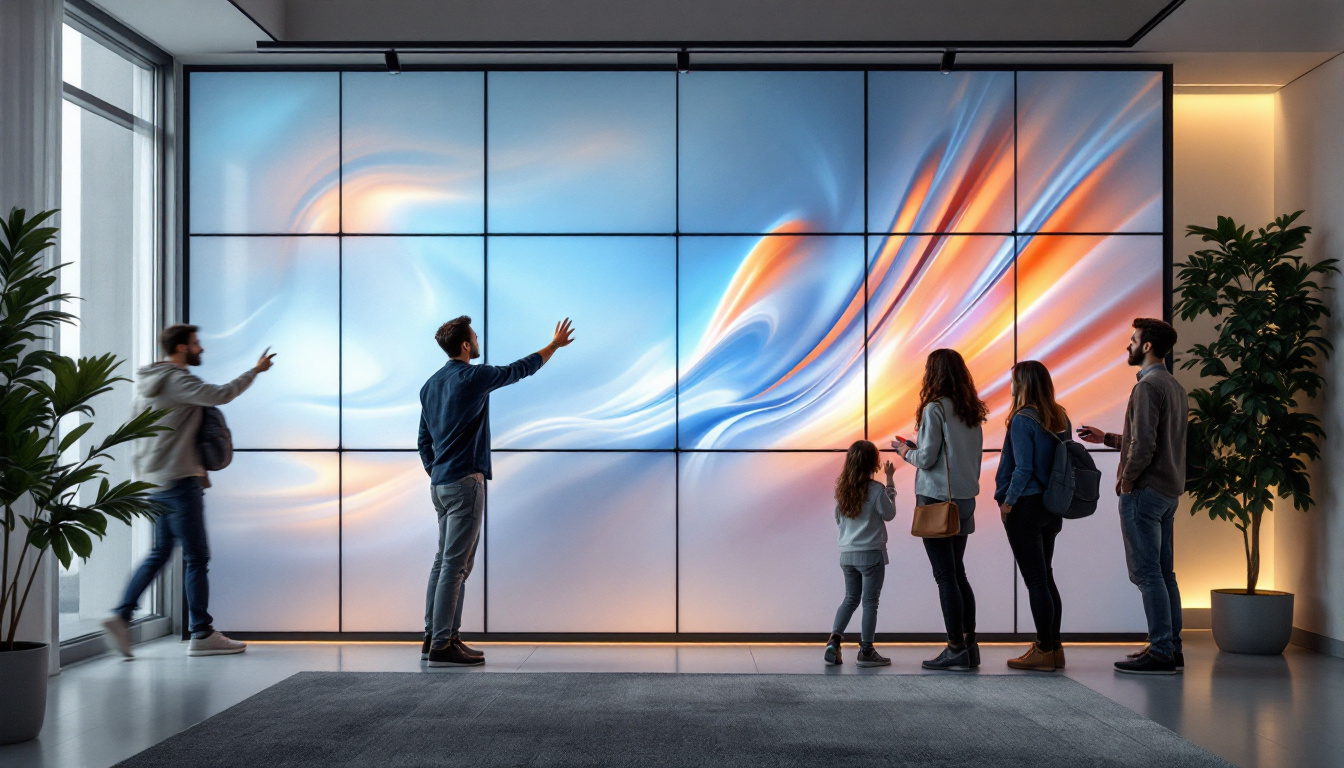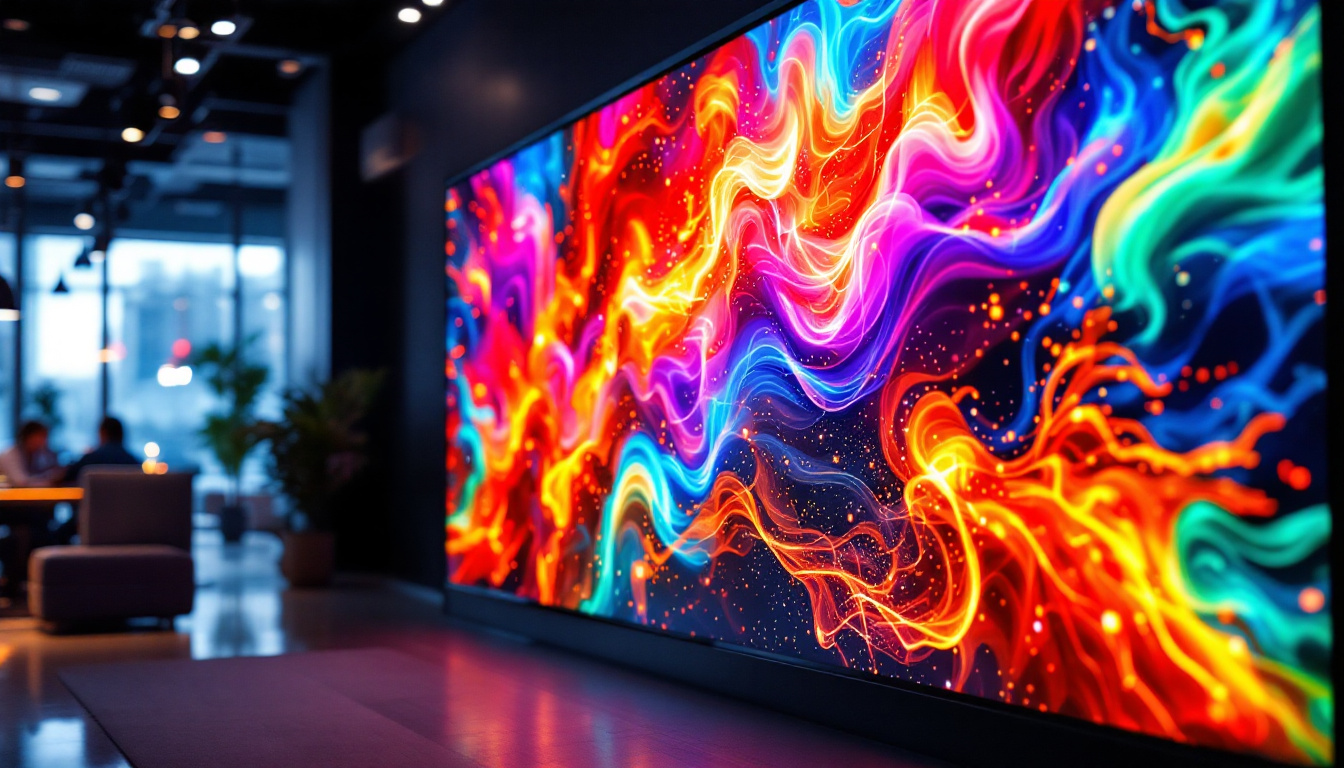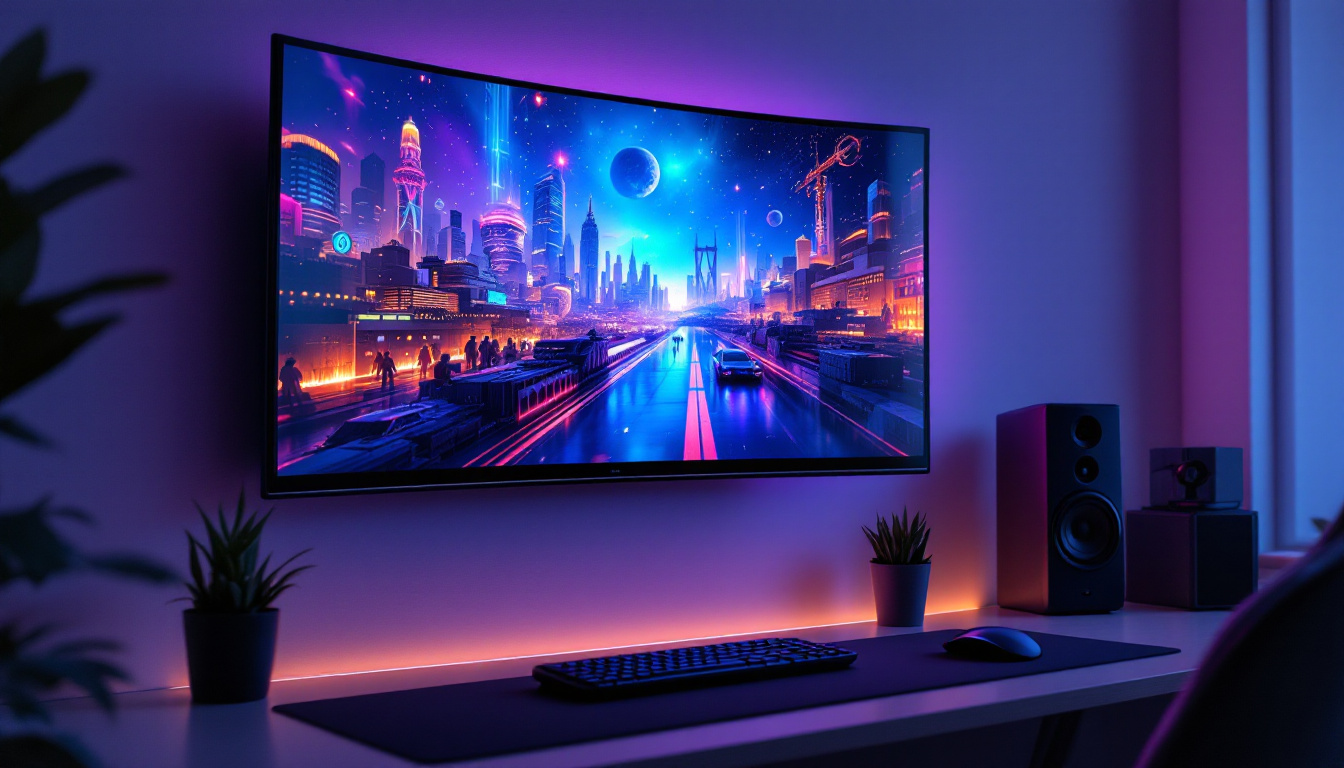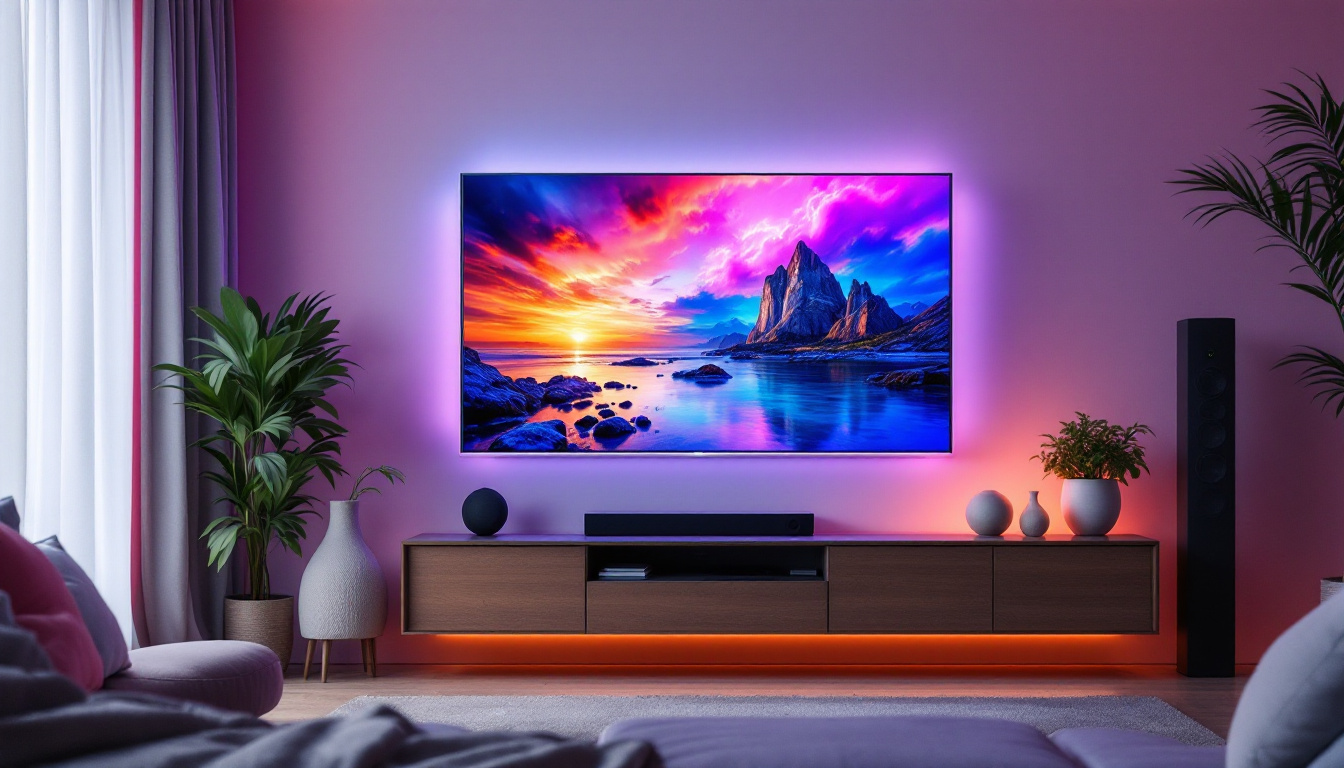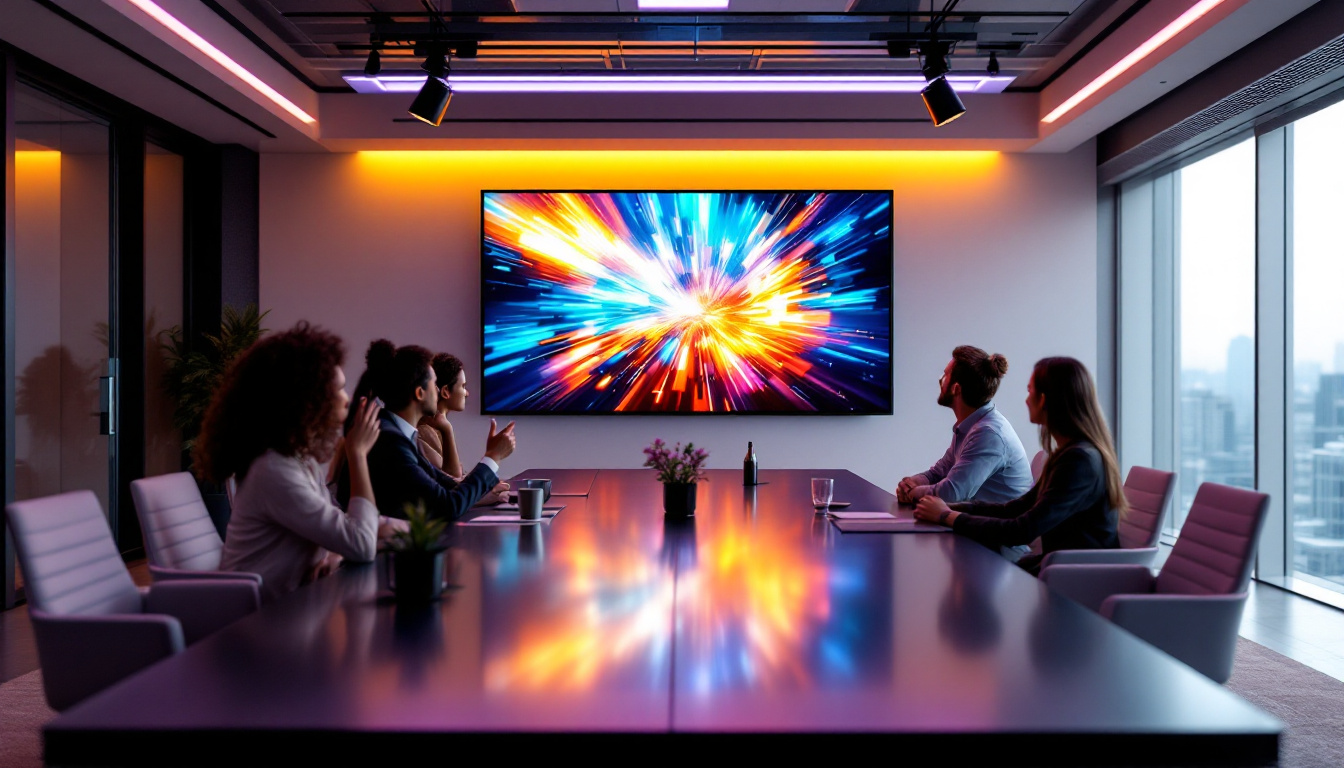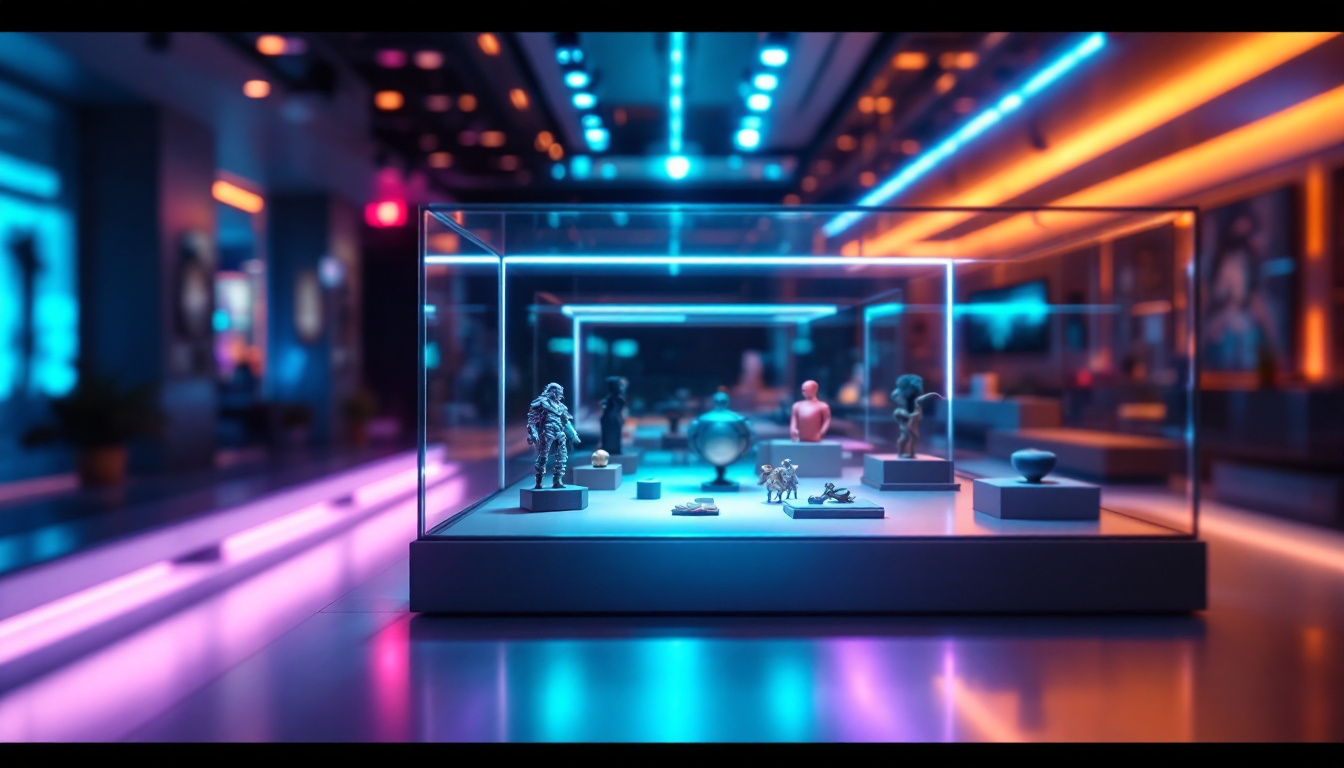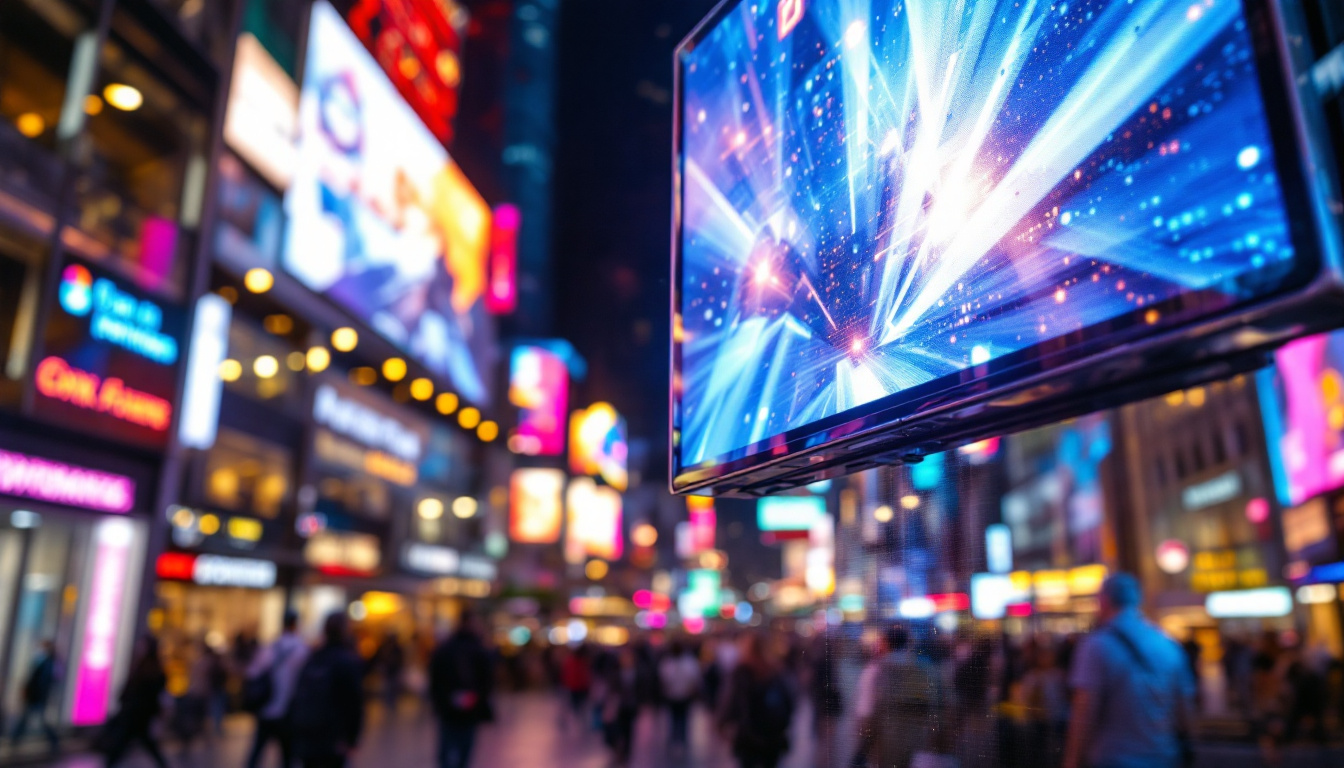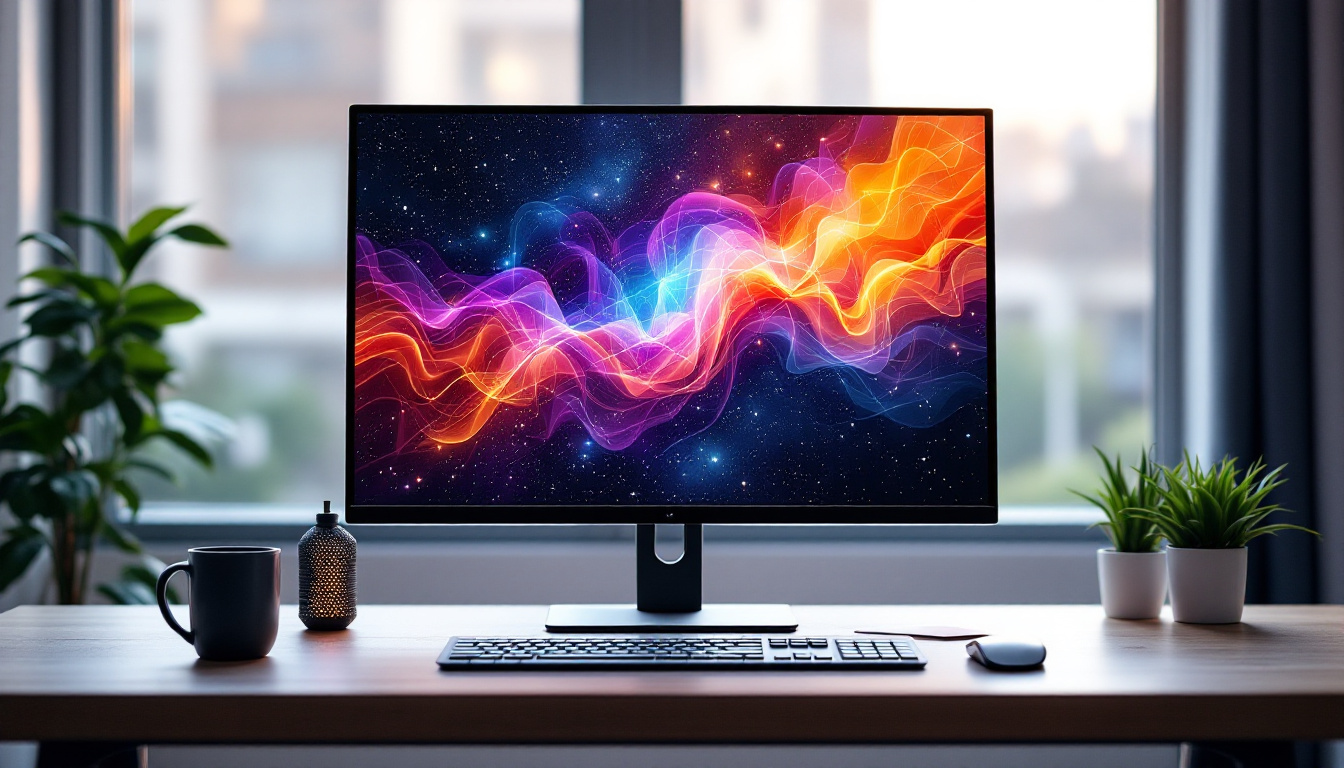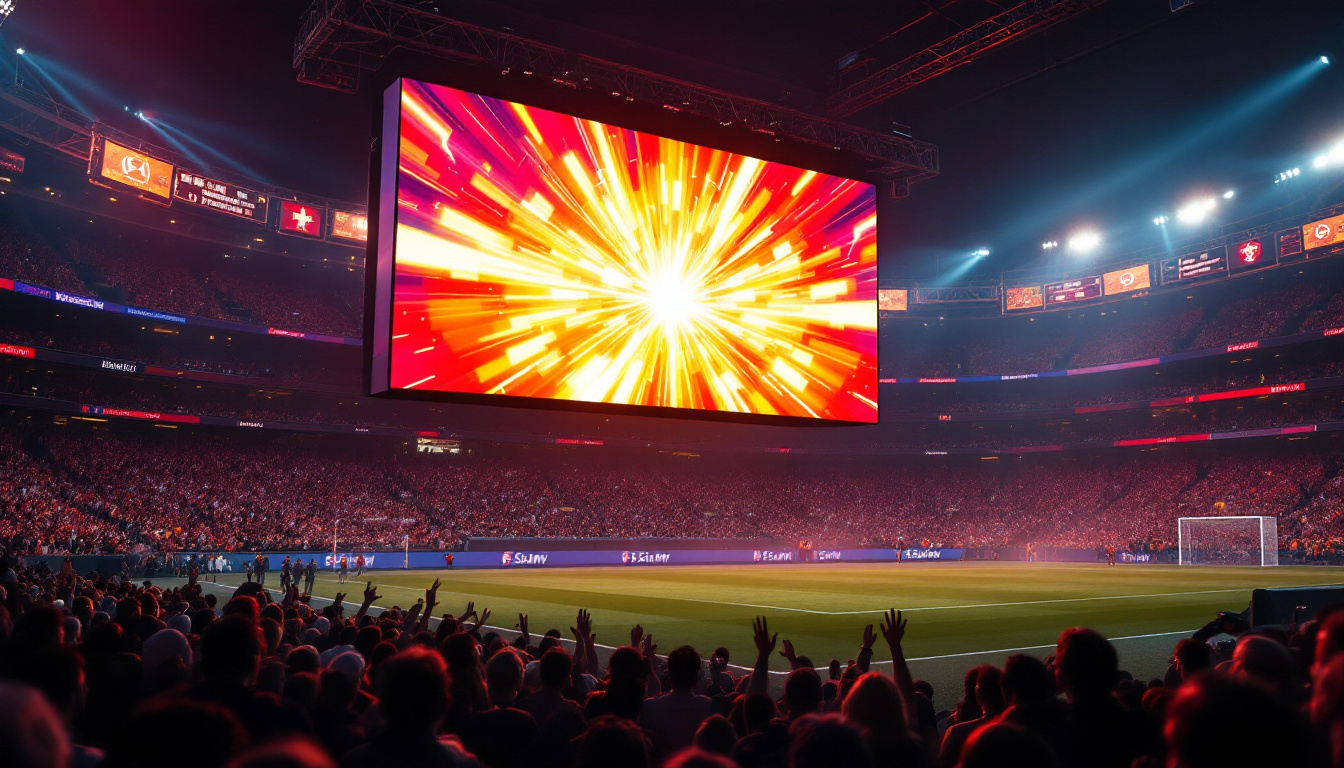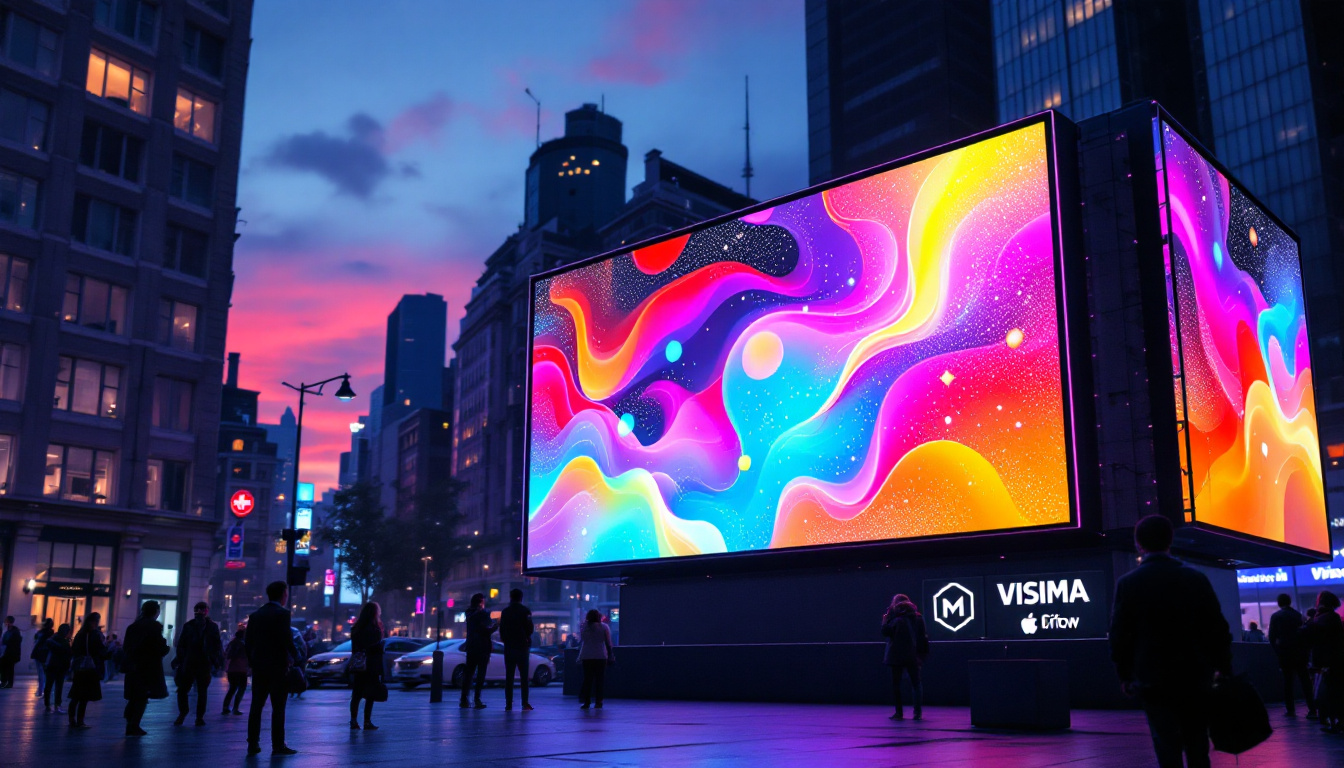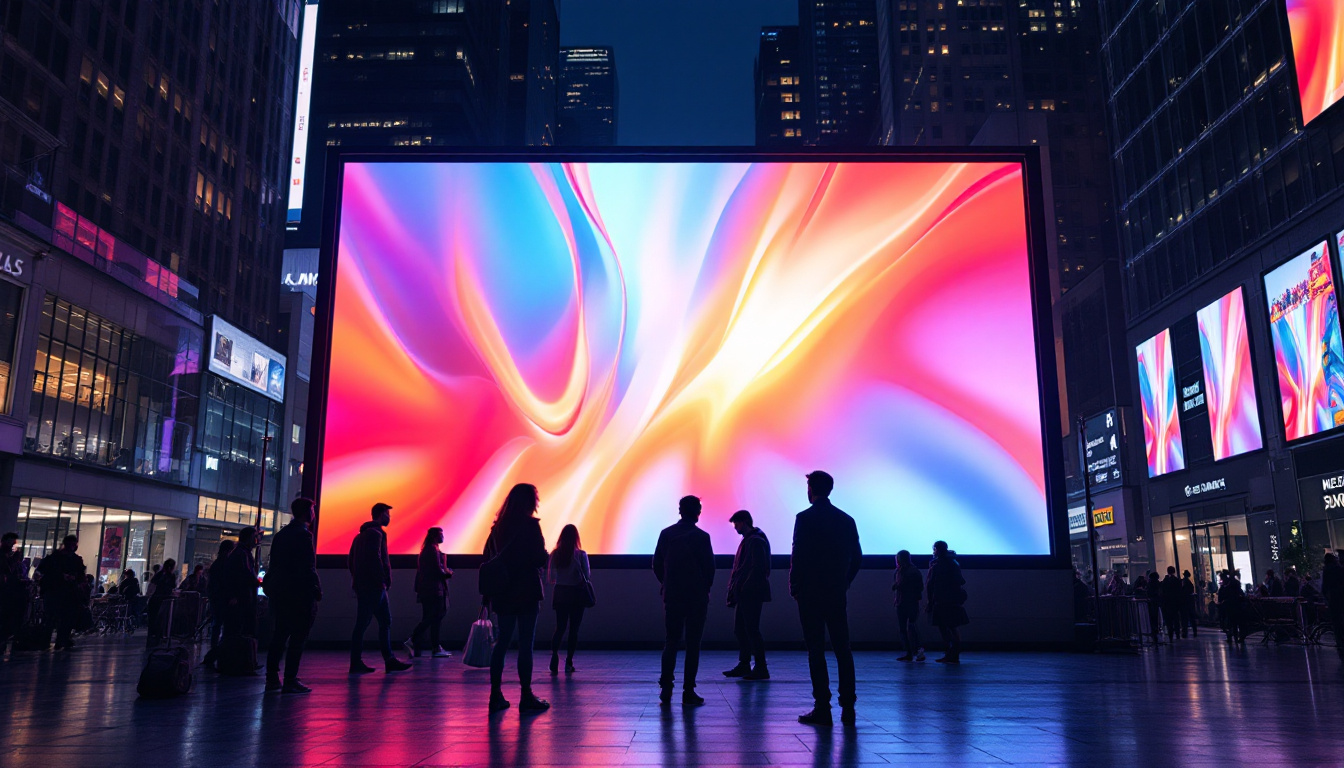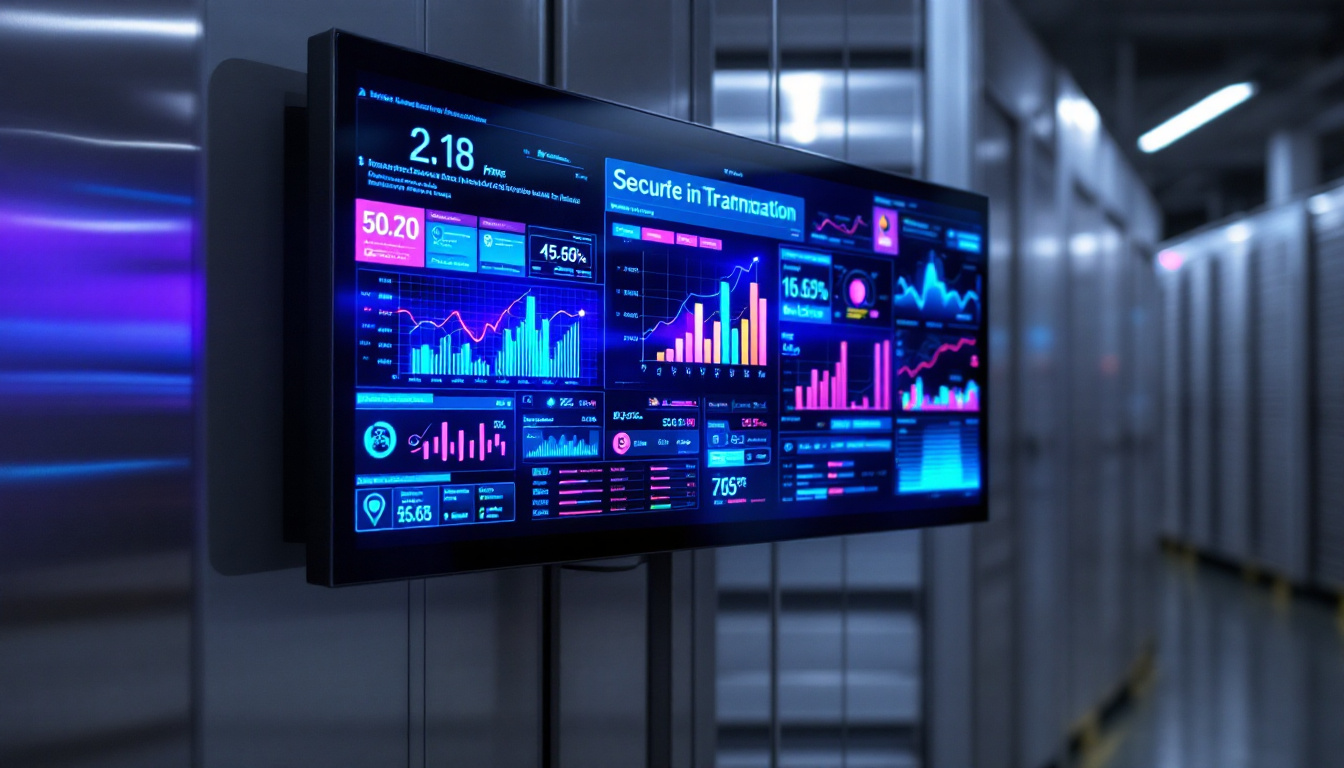In today’s fast-paced digital world, large touch screen display monitors have become essential tools in various sectors, including education, business, healthcare, and entertainment. These advanced displays not only offer interactive capabilities but also enhance user engagement and productivity. This article delves into the intricacies of large touch screen display monitors, focusing on LED technology and its applications.
Understanding Large Touch Screen Displays
Large touch screen displays combine the functionality of traditional monitors with touch-sensitive technology, allowing users to interact directly with what is displayed on the screen. These devices can range from simple interactive kiosks to sophisticated multi-user setups in conference rooms or classrooms. The growing popularity of these displays can be attributed to their ability to facilitate engagement and enhance user experience across various sectors.
Types of Touch Technology
There are several types of touch technology used in large displays, each with its own advantages and disadvantages. The most common types include resistive, capacitive, and infrared touch screens. Understanding these technologies is crucial for selecting the right display for specific applications and environments.
Resistive touch screens are made of multiple layers that register touch when pressure is applied. They are cost-effective and work well with styluses or gloved hands but may not offer the same clarity and responsiveness as other technologies. This makes them suitable for environments where durability and cost are more critical than high-definition visuals, such as industrial settings or outdoor kiosks.
Capacitive touch screens, on the other hand, use the electrical properties of the human body to detect touch. This technology provides a more responsive and clearer image, making it ideal for high-traffic environments where quick interactions are essential. Capacitive screens are often found in consumer electronics, like smartphones and tablets, and their increasing adoption in large displays reflects a demand for intuitive user interfaces in professional settings.
Applications of Large Touch Screen Displays
Large touch screen displays are versatile tools that find applications in various fields. In educational settings, they serve as interactive whiteboards, enabling teachers to present lessons dynamically and engage students in collaborative activities. These displays often come equipped with software that allows for real-time quizzes and feedback, fostering an interactive learning environment that can adapt to different teaching styles.
In corporate environments, these displays are often used for presentations, video conferencing, and brainstorming sessions. Their interactive nature allows for real-time collaboration, making meetings more productive. Many companies are now integrating these displays with cloud-based applications, enabling remote teams to participate fully in discussions and share ideas seamlessly, regardless of their physical location.
Healthcare facilities utilize large touch screens for patient engagement, allowing patients to access information about their health and treatment options. These displays can also serve as digital signage, providing important updates and educational content in waiting areas. In retail, these displays can enhance customer experience by providing interactive product catalogs and promotional content. Shoppers can browse through products, check availability, and even place orders directly from the screen, creating a more engaging and efficient shopping experience.
Moreover, large touch screens are increasingly being used in public spaces, such as museums and airports, where they serve as information kiosks. These installations not only provide essential information but also enhance visitor engagement through interactive exhibits and wayfinding solutions. As technology continues to evolve, the potential applications for large touch screen displays are expanding, paving the way for new innovations in user interaction and engagement.
LED Technology Explained
Light Emitting Diode (LED) technology is a significant component of modern large touch screen displays. LED displays are known for their brightness, energy efficiency, and longevity. Understanding how LED technology works is crucial for appreciating the benefits it brings to touch screen monitors.
How LED Displays Work
LED displays consist of a matrix of tiny light-emitting diodes that create images by illuminating pixels. Each pixel is made up of red, green, and blue (RGB) diodes that combine to produce a wide range of colors. When a voltage is applied to these diodes, they emit light, which is then used to form images and videos on the screen.
One of the main advantages of LED displays is their ability to produce high brightness levels, making them suitable for environments with significant ambient light. This is particularly important in settings like conference rooms or classrooms where natural light can interfere with visibility. In addition, the rapid response time of LED technology ensures that moving images appear smooth and clear, which is essential for presentations and video conferencing.
Benefits of LED Technology in Touch Screen Displays
LED technology offers numerous benefits that enhance the functionality of large touch screen displays. One of the most notable advantages is energy efficiency. LED displays consume less power compared to traditional LCD screens, making them more environmentally friendly and cost-effective in the long run.
Additionally, LED displays have a longer lifespan, often lasting up to 100,000 hours. This longevity reduces the need for frequent replacements, thus lowering maintenance costs. The durability of LED technology also means that these displays can withstand the rigors of daily use in busy environments. Furthermore, the robust construction of LED screens allows them to resist damage from impacts and vibrations, making them ideal for interactive kiosks and public information displays.
Moreover, LED technology supports a wider color gamut than many other display technologies, allowing for more vibrant and lifelike images. This is particularly beneficial in applications such as digital signage and advertising, where visual appeal is paramount. The enhanced contrast ratios provided by LED displays also contribute to a more immersive viewing experience, ensuring that details are visible even in darker scenes. As a result, businesses can leverage the superior visual quality of LED displays to engage customers and convey messages more effectively.
Choosing the Right Large Touch Screen Display
Selecting the appropriate large touch screen display monitor involves considering several factors, including size, resolution, touch technology, and connectivity options. Each of these elements plays a critical role in ensuring the display meets the specific needs of the user.
Size and Resolution Considerations
The size of the display is one of the first considerations. Large touch screen displays typically range from 55 inches to over 100 inches diagonally. The ideal size depends on the intended use and the space available. For instance, a classroom may benefit from a 75-inch screen, while a large conference room might require a 98-inch display for optimal visibility.
Resolution is equally important, as it determines the clarity of the images displayed. Common resolutions include Full HD (1920×1080), 4K (3840×2160), and even 8K in some high-end models. A higher resolution is particularly beneficial for detailed graphics and presentations, ensuring that text and images remain sharp and clear.
Touch Technology and Connectivity
When selecting a large touch screen display, the type of touch technology used is crucial. Capacitive touch screens are generally preferred for their responsiveness and multi-touch capabilities, allowing multiple users to interact with the display simultaneously.
Connectivity options are also vital. Modern large touch screen displays should offer various input options, including HDMI, USB, and wireless connectivity. This versatility allows for easy integration with other devices, such as laptops, tablets, and smartphones, enhancing the overall user experience.
Maintenance and Care for Large Touch Screen Displays
Proper maintenance is essential for ensuring the longevity and optimal performance of large touch screen displays. Regular care not only extends the life of the display but also maintains image quality and touch responsiveness.
Cleaning and Maintenance Tips
Cleaning a large touch screen display requires special attention to avoid damaging the screen. It is advisable to use a microfiber cloth and a gentle cleaning solution specifically designed for electronics. Avoid using harsh chemicals or abrasive materials, as these can scratch or damage the screen surface.
Additionally, it is essential to regularly check the connections and cables for wear and tear. Ensuring that all ports are clean and free from dust will help maintain a stable connection and prevent issues during use.
Software Updates and Calibration
Keeping the software of the touch screen display up to date is vital for optimal performance. Manufacturers often release firmware updates that can enhance functionality and security. Regularly checking for updates and installing them promptly can prevent potential issues.
Calibration is another important aspect of maintaining touch screen accuracy. Over time, the touch sensitivity may drift, leading to inaccurate touch responses. Regular calibration ensures that the display remains responsive and user-friendly.
Future Trends in Large Touch Screen Displays
The technology behind large touch screen displays is continuously evolving, with innovations that promise to enhance their capabilities further. Understanding these trends can help users stay ahead of the curve and make informed decisions about future purchases.
Advancements in Touch Technology
Future advancements in touch technology may include improvements in haptic feedback, allowing users to feel a tactile response when interacting with the screen. This could enhance the user experience, making interactions more intuitive and engaging.
Moreover, developments in gesture recognition technology may allow users to control displays without physical touch, providing a more hygienic and versatile interaction method. This is particularly relevant in environments where cleanliness is paramount, such as hospitals and public spaces.
Integration with Artificial Intelligence
Artificial intelligence (AI) is poised to play a significant role in the future of large touch screen displays. AI-driven analytics can provide insights into user interactions, helping organizations tailor content and improve user engagement. For instance, educational institutions could use AI to analyze student interactions and adapt teaching methods accordingly.
Furthermore, AI can enhance the functionality of touch displays by enabling voice commands and predictive text, making them even more user-friendly and accessible.
Conclusion
Large touch screen display monitors equipped with LED technology represent a significant advancement in how users interact with digital content. Their versatility, energy efficiency, and interactive capabilities make them invaluable tools across various sectors. By understanding their features, benefits, and maintenance requirements, users can maximize the potential of these displays.
As technology continues to evolve, staying informed about the latest trends and innovations will ensure that organizations can leverage large touch screen displays effectively, enhancing productivity and engagement in an increasingly digital world.
Discover LumenMatrix’s Innovative LED Display Solutions
Ready to elevate your interactive experiences with the latest in LED display technology? Look no further than LumenMatrix, a pioneer in crafting visually stunning and technologically advanced LED display modules. Whether you’re seeking to boost your brand’s presence, engage audiences in educational settings, or create immersive environments in any sector, LumenMatrix has a solution tailored to your needs. From Indoor and Outdoor LED Walls to Custom and Transparent Displays, our offerings are designed to captivate and communicate with unparalleled clarity. Check out LumenMatrix LED Display Solutions today and transform your digital interactions.

